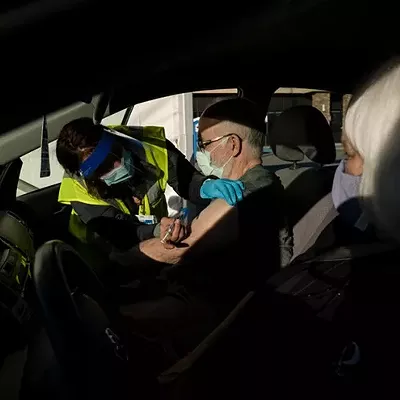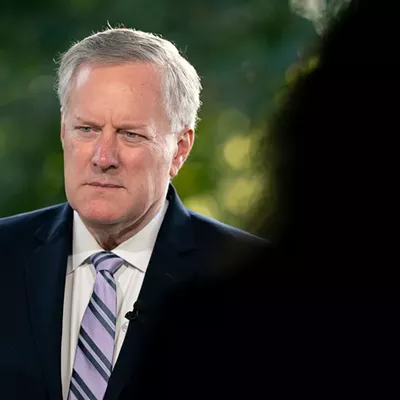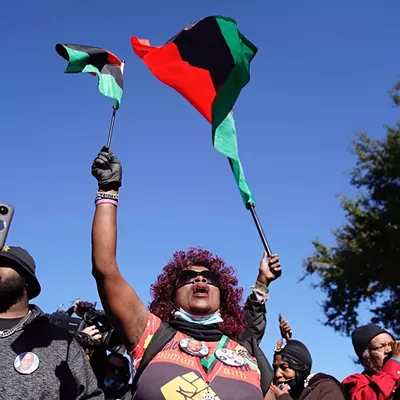
The New York Times Company
WASHINGTON — Sen. Elizabeth Warren of Massachusetts on Friday laid out a collection of policy proposals intended to help Native Americans, pledging to protect tribal lands and to bolster funding for programs that serve Native people.
In releasing the proposals, Warren is drawing attention to Native American issues after months of largely refraining from doing so in the wake of a controversy over her own heritage. Warren put out the plans ahead of a scheduled appearance Monday at a presidential forum in Sioux City, Iowa, that is dedicated to Native American issues.
Among the proposals, Warren said she would revoke the permits for the Keystone XL pipeline and the Dakota Access Pipeline, two projects that have been opposed by many Native Americans. No energy project affecting tribal lands should go ahead, she said, “without the free, prior and informed consent of the Tribal Nation concerned.”
She also called for expanding the ability of tribes to prosecute non-American Indians for crimes committed on tribal land, and she proposed creating a nationwide alert system for missing indigenous women.
Warren has been dogged by questions over her claims of Native American ancestry since she first ran for the Senate in 2012. President Donald Trump has relentlessly mocked her by calling her “Pocahontas,” and the controversy over her ancestry marred the beginning of her presidential campaign.
In October, before she entered the presidential race, she released the results of a DNA test providing evidence that she had a Native American ancestor. But the move drew criticism from some Native Americans; the secretary of state of the Cherokee Nation said Warren was “undermining tribal interests with her continued claims of tribal heritage.” Warren has since apologized for her claims of Native American ancestry.
In recent months, Warren has mostly avoided bringing up Native American issues, despite having pledged to be a vocal ally.
“I still, I am working on being a good partner,” Warren said in an interview with The New York Times last week. “And the best way to be a good partner is to walk the walk.”














